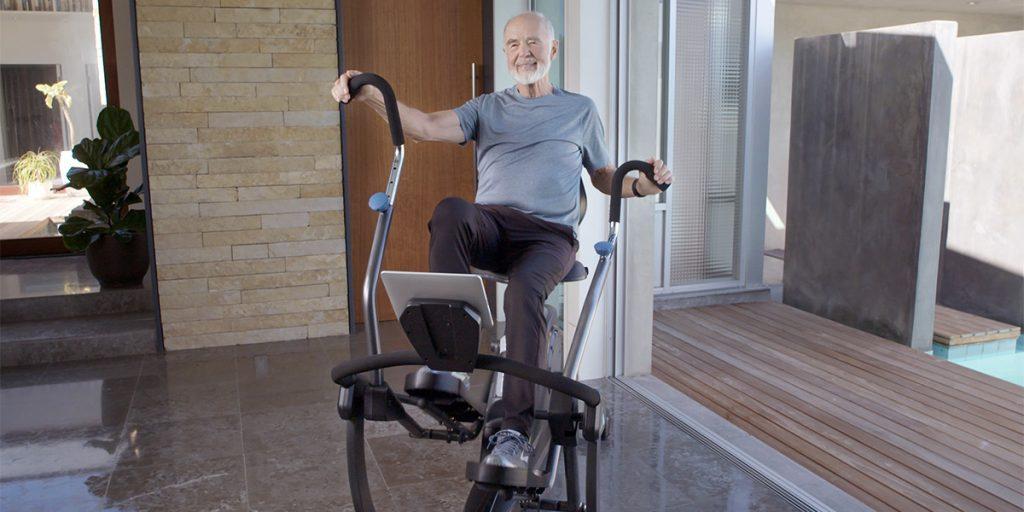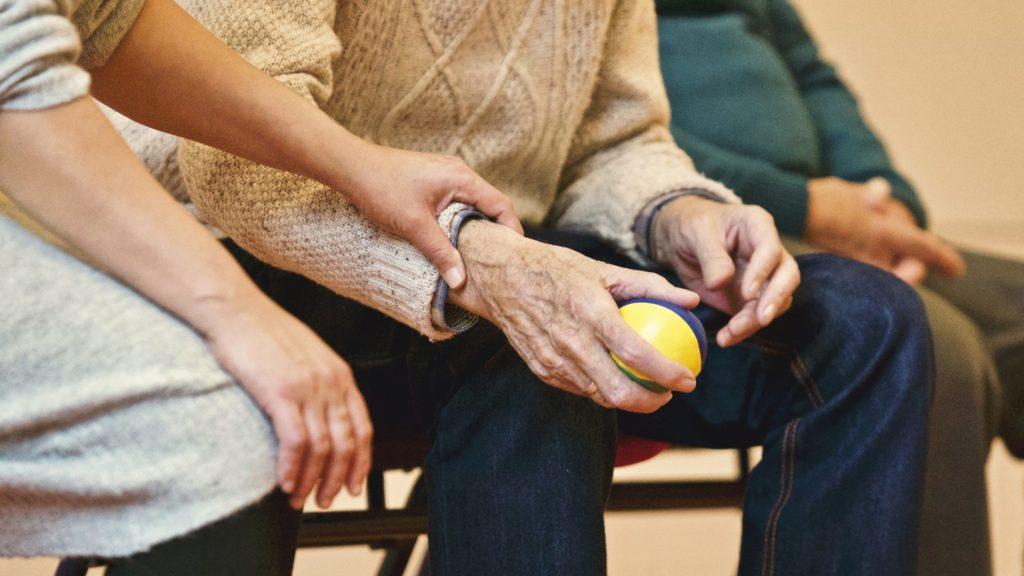Using the proper equipment for stroke patients at home serves as a powerful motivator for survivors, fostering regular exercise that not only stimulates the brain but also promotes neuroplasticity crucial for stroke recovery. While written exercises contribute to this process, incorporating specialized exercise equipment for stroke patients enhances the variety of exercises possible. This post aims to guide individuals in selecting the most effective gear by offering a roundup of the best available options for at-home use, ensuring a comprehensive approach to stroke rehabilitation.
Top Stroke Patient Exercise Equipment for Home Use
Around 80% of stroke survivors face hemiparesis, causing weakness on one side of their body and leading to balance issues and altered walking patterns. To aid in walking recovery, focus on devices targeting the feet, legs, core, and arms, as these major muscle groups collectively contribute to the walking process. Enhancing your overall gait involves addressing these aspects, making gadgets designed for stroke survivors that target the legs, core, and beyond essential for improving walking abilities.
Stationary Recumbent Bikes
Stationary recumbent bikes is a valuable stroke rehab equipment for legs, designed for stroke survivors aiming to enhance walking skills. These bikes promote bilateral movement, aiding individuals with hemiparesis by allowing the non-affected leg to support the affected one. While it might seem like a shortcut, this assistance is beneficial for rehabilitation as it stimulates the brain. In comparison to standard stationary bikes, recumbent bikes are often a preferable choice for stroke survivors, providing increased support and a gentler exercise experience.

Image Source: Benefits of a Recumbent Bike for Post Stroke Rehab
Stability Balls
The stability ball stands out as an uncomplicated yet effective component of stroke rehabilitation gear, offering a safer alternative to the balance board. Widely utilized for core rehabilitation exercises, it plays a crucial role in enhancing balance and walking capabilities. A robust core is paramount in fortifying your equilibrium and facilitating improved walking, making the stability ball an invaluable asset in the realm of stroke recovery equipment.
Dumbbells and Wrist Weights
Stroke recovery involves more than just improving range-of-motion and mobility; strength training is crucial to combat muscle atrophy resulting from prolonged inactivity. Dumbbells and wrist weights offer a cost-effective and straightforward solution to enhance strength in your arms and legs. By incorporating these tools into upper extremity exercises, not only do you stimulate the brain and promote recovery, but you also encourage muscle growth. Additionally, wrist weights can serve a dual purpose by attaching them to your ankles, providing a versatile and efficient way to work on strength in multiple areas.

Balance Boards
Using a balance board, especially one with a rocking base for added stability, is beneficial for improving balance and engaging the vestibular system, essential for survivors aiming to enhance their walking ability. It’s recommended to start with support, such as holding onto a table, to ensure stability. Transitioning from a single-point balance board to one with a rocking base can be a progressive approach, but it’s crucial to exercise caution and prioritize safety while using these tools.
Arm Peddlers
Arm peddlers offer an alternative for bilateral exercise, engaging both arms simultaneously. For a creative twist, consider utilizing under-desk stationary bikes that can serve as both arm and leg peddlers, providing a versatile approach to maximize the utility of your stroke rehabilitation equipment. This dual-use strategy adds variety to your exercise routine and enhances the overall effectiveness of your rehabilitation efforts.
Mirror Box
Mirror therapy presents a unique hand rehabilitation technique employing a tabletop mirror to reflect your non-affected hand. By engaging in exercises with your non-affected hand, this method cleverly tricks the brain into perceiving movement in both hands, fostering neuroplasticity and promoting activity in the affected hand, even if it’s not deliberately in motion. This innovative approach harnesses the power of visual perception to stimulate the brain and facilitate movement recovery in the affected hand.
Therapy Putty
Therapy putty stands out as a widely embraced tool in physical therapy, aiding in the enhancement of fine motor coordination, strength, and range of motion. Various exercises with therapy putty focus on hand strengthening, employing squeezing techniques, while others target coordination through finger extensions. Our comprehensive therapy putty exercise guide delves into these exercises, providing a detailed resource for individuals seeking to optimize their fine motor skills, strength, and overall hand function through this versatile therapeutic tool.
Hand Exercise Balls
Conventional hand exercise balls often resemble ordinary stress balls and prove beneficial in stroke recovery. For a subtle enhancement, consider exploring exercise balls equipped with finger loops, providing an upgraded feature for finger extension exercises. This innovation allows you to target both flexion and extension seamlessly, ensuring a comprehensive approach to hand exercises without missing a beat in your stroke recovery journey.

How to Find the Best Exercise Equipment for Stroke Patients
When you’re shopping for tools, pick ones that keep you motivated. Doing things over and over is how you get results, so look for stuff you can use every day. You might not need everything on the list; just a few things that match what you need. Figure out your recovery goals, so you choose the right equipment. To make it clearer, ask yourself:
- Does this help me achieve high repetition?
- Can I see myself using it regularly?
- Does it make me excited to do therapy?
If something says yes to all these, it’s a great thing to invest in for your recovery journey.
Determine the Best Equipment for Stroke Patients to Use Daily
Embark on a transformative journey to stroke recovery by choosing the right exercise equipment tailored to your needs. From stationary recumbent bikes and stability balls to dumbbells and mirror therapy, our guide encompasses a comprehensive array of tools designed to enhance mobility and stimulate neuroplasticity. Elevate your rehabilitation with effective, motivating options that align with your unique goals. Invest in your recovery today, and let these tools empower your path to renewed strength and well-being.
